Mattro GmbH: Electric Anywhere
Getting more quickly to off-road electromobility via the digital twin
The employees at the company Mattro in Schwaz, Austria, are realising the vision of electrically driven mobility in steep terrain, far from any paved roads. For the electrical portion, Mattro development engineers use EPLAN Electric P8 for designing the schematics and EPLAN Harness proD for the 3D design of wire harnesses. The program’s bidirectional data exchange with ECAD and MCAD systems enables the mechanical and electrical design engineers to work in parallel on the interchangeable battery systems and off-road vehicles. This ensures clean, complete documentation without any additional effort, eliminates notorious sources of error and enormously accelerates the development process at the same time.
When talking about electromobility, most people think about passenger vehicles, which is why the main criteria discussed are usually top speeds and range. In Schwaz, Austria, in the state of Tyrol, where the mountains are high and the terrain is rough, the engineers at Mattro are realising the vision of electrical-powered mobility in steep terrain, far from any paved roads.
Electromobility “Made in Tyrol”
The company constructs fully electric special vehicles with continuous track drives. The company originally began as a producer of all-terrain transporters with combustion engines, both with wheels and with caterpillar drives. “There wasn’t enough space for the normal drive train, and so the ‘Steinbock’ model was equipped with an electric drive train with wheel hub motors,” Marco Bauer explains. Bauer is the director of engineering at Mattro and, as the son of the company’s founder, has been involved with the company since its founding. “Shortly thereafter, we gained solid know-how in battery construction through a project involving a robot-supported exchangeable battery system for electric vehicles, to get around the problem of battery charging times.”
Today, Mattro is utilising this experience in three areas. Firstly, the Battery & Components division has a scalable exchangeable battery system for electric commercial vehicles from the company’s own in-house production. At the same time, on behalf of prestigious manufacturers such as Kässbohrer, Liebherr and Bosch, the company creates fully electric versions of existing special vehicles including hay loaders, snow groomers and excavators. Finally, Mattro’s Vehicles Division develops and builds fully electric off-road vehicles, including some models with approval for road use. To date more than three hundred vehicles have been manufactured and sold.
The company’s Ziesel model – a one-person, off-road-capable vehicle with a continuous track drive – first achieved renown in Germany when used in a lively racing competition on a popular TV game show. It’s now seen as an off-roader with a fun factor in winter tourism and is used as an equipment carrier and municipal services provider in the Alpine region. One of the current main vehicle products is the ROVO 2, a universal, all-electric drive system that runs on treads as a powerful, compact platform for individualised attachments. The ROVO 2 is used as a remote-controlled or autonomously driving vehicle on difficult or dangerous terrain, in agricultural applications, as a recovery and fire-fighting vehicle by fire departments or as a transportation vehicle for the military.
The Challenge of Electrical Engineering for Vehicles
“Fully electric off-road vehicles are enormously challenging, both mechanically as well as electrically,” Bauer says. “On top of this is the extremely limited space available in our vehicles and the usually very short period for realisation.” The mechanical and electrical designs therefore happen simultaneously based on an overall concept. The electrical components are first designed in the software department, with this information flowing directly into the creation of the schematics.
The Mattro development engineers create the schematics in EPLAN Electric P8, the leading software for electrical design. It was chosen for compatibility with customers and project partners, but also because its platform architecture enables data exchange with other programs, for instance the mechanical CAD. First, the connections and the wire cross-sections and colours are defined in EPLAN Electric P8. “Although database-based CAE software does support graphic, device-oriented development, it has a clear focus on panel building,” says Mattro Electric Designer Martin Segmehl. “In a vehicle, though, the electrical systems are structured completely differently, namely in a decentralised way and with wire harnesses between the individual devices.”
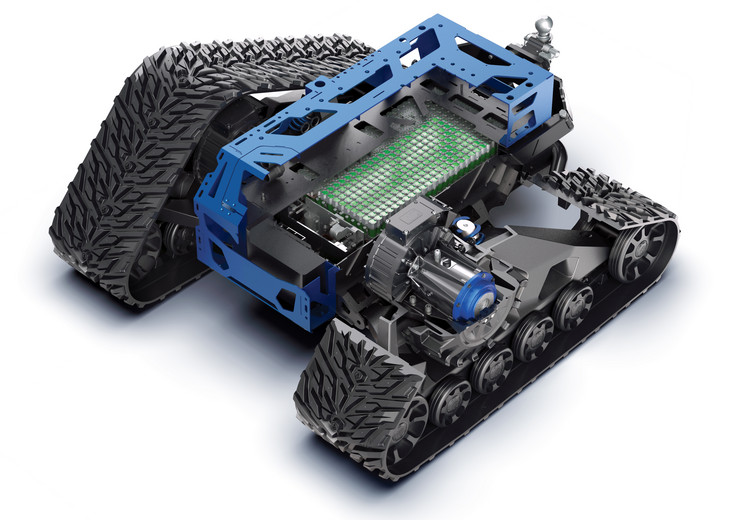
Mattro specialises in solutions for electromobility far off the road. The current main product is the Mattro ROVO 2, a universal, all-electric drive system on crawlers.
©Mattro GmbH
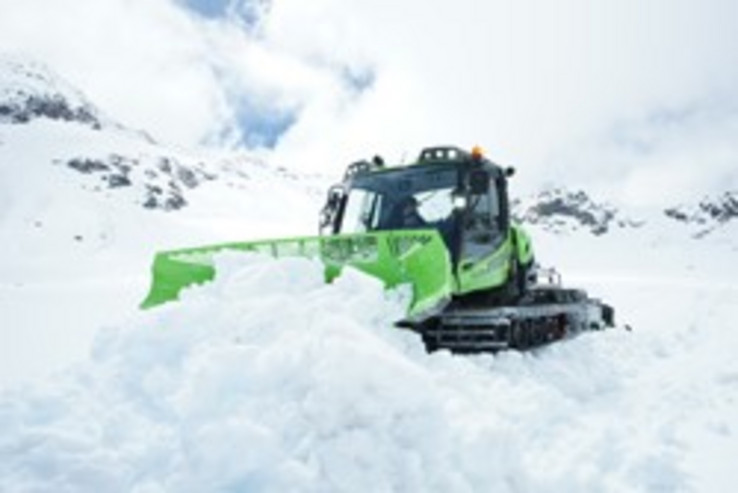
In addition to building its own vehicles and drive systems, Mattro also builds fully electric variations of existing vehicles such as this snow groomer.
©Mattro GmbH
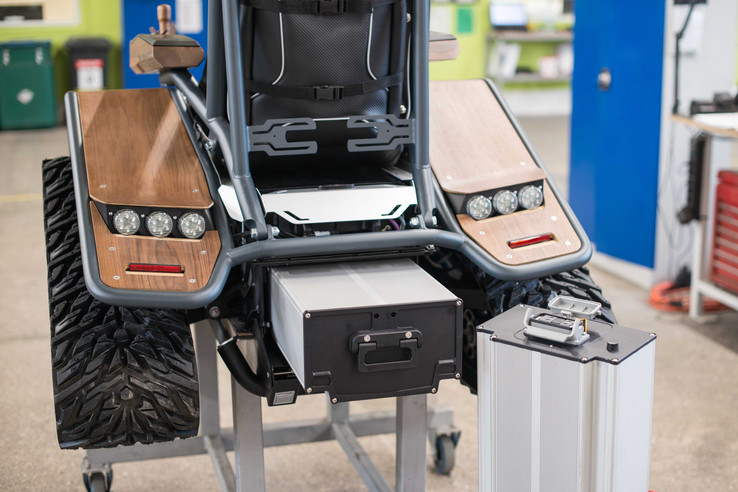
At Mattro the battery technology is also an in-house production.
©Mattro GmbH
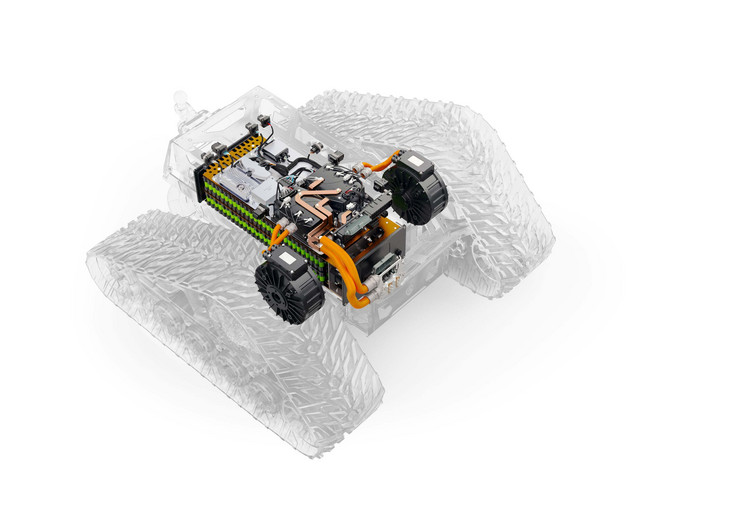
Mattro vehicles are designed in 3D – using EPLAN Harness proD software for the electric parts.
©Mattro GmbH
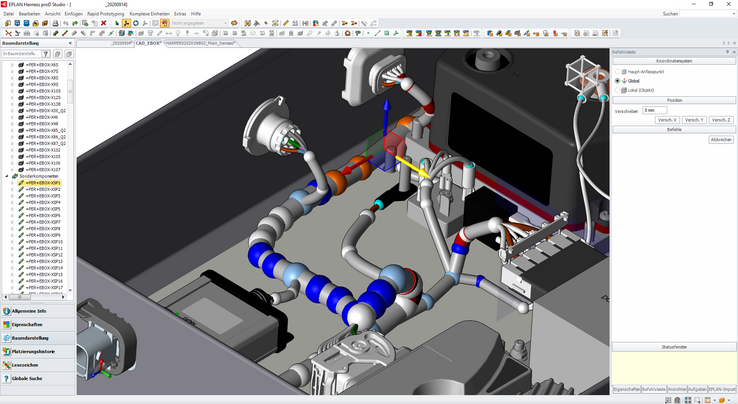
The electric and mechanical designs can exchange data with one another and be developed simultaneously. Both disciplines are working with uniform data and there is no need to wait for mechanical prototypes of the wire harness designs.
©Mattro GmbH
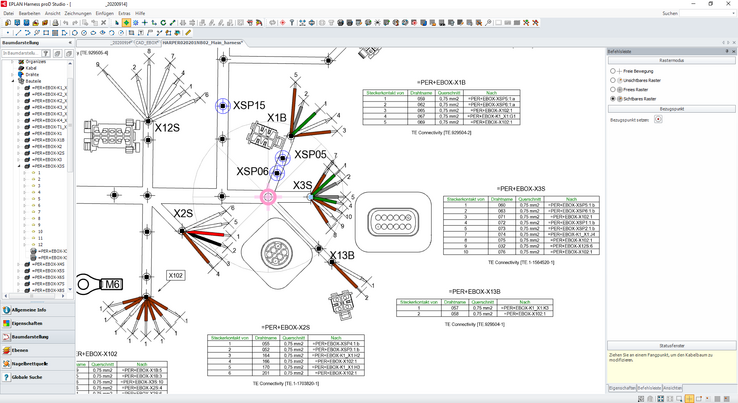
The nail board designs from EPLAN Harness ProD automatically adapt to any changes in the designs and can be plotted out on a scale of 1:1.
©Mattro GmbH
Wire Harness Development with the Digital Twin
After appropriately preparing the data in EPLAN Electric P8, for instance by completely defining the connections and adding complete device data – including the 3D model – the combined data from the mechanical CAD software Autodesk Inventor and from EPLAN Electric P8 is imported into the workspace of EPLAN Harness proD. This modern, 3D software offers automated steps for the efficient design and documentation of wire harnesses. It starts by importing the wiring lists from EPLAN Platform to the routing of the wires and creating the documentation and 2D nail board drawing. One of the system’s major strengths is its openness to incorporating mechanically relevant information from a wide variety of MCAD systems and the ECAD connection information. In this way the software connects the worlds of mechanical and electrical engineering. This eliminates the additional effort of inputting data multiple times as required by more traditional methodologies, which thereby eliminates a notorious source of errors. It further makes wire and wire harness planning independent from the availability of a mechanical prototype.
“The data can naturally also be transferred in the reverse direction,” Segmehl explains. “Specifications such as the minimum bending radius for wires automatically act as restrictions for the mechanical designs.” This also helps avoid additional errors and further efforts required for coordinating designs.
Clean Documentation with a Mouse Click
“EPLAN Harness proD allows us to build a complete digital twin of our vehicles and battery solutions,” Bauer says enthusiastically. “That the developers from mechanical engineering, electrical engineering and software can all work together on the same project without having to wait for one another speeds up our development processes enormously.” Since the company first started using EPLAN Harness proD in late 2018, the software has been rolled out more and more widely across the company. Initially it was used just for individual modules and components, but now it is utilised for designing all of the electrical technology for entire vehicles, with separate wire harnesses for the high-voltage and low-voltage systems.
“If all is well prepared, with just a mouse click EPLAN Harness proD outputs the bills of materials and parts lists, and the wire plans including the time, cost and weight calculations, not to mention the nail board plans for the entire vehicle,” Segmehl says. “Based on this clean documentation, we can get wire harnesses from producers at very advantageous conditions, even if it’s just a one-off production, and also get first-class documentation for maintenance and repair without putting in any additional work.”
Sustainable Acceleration of Development
Each development step in mechanical engineering or electrical engineering is followed by a comparison between the MCAD system and EPLAN Harness proD. If there are changes to a project’s geometry, for instance due to reasons of mechanical stability, this results in an automatic adjustment of all the parameters of the affected wire harnesses. The wire lists with the lengths of the individual wires also automatically adapt to the new parameters, as does the nail board drawing, which only has to be plotted out again after a change.
Since EPLAN Harness proD has functions for creating and managing variants and options, knowledge that has been acquired during one project can often be re-used in others. As with the macros in EPLAN Electric P8, the design process can be automated and sped up considerably by re-using system parts once they’ve been designed. This also reduces the time necessary for testing. “Being able to perform the development work all at the same time shortens the development process and protects us from unwanted surprises,” Bauer says.
Users:
Mattro, founded in 2006, stands for dependable, clean and quiet electromobility in rough terrain. With around forty employees, the company develops and builds high-quality, well-designed, all-electric special vehicles with continuous track drives. Beyond this, they also transform machines and special vehicles that used to have combustion engines into fully electric ones. The company also designs flexible battery systems that are built in-house. Since 2019, the company, headquartered in Schwaz, Austria, has been part of the Munich-based HAWE Group, which specialises in hydraulics.
By Ing. Peter Kemptner, x-technik


